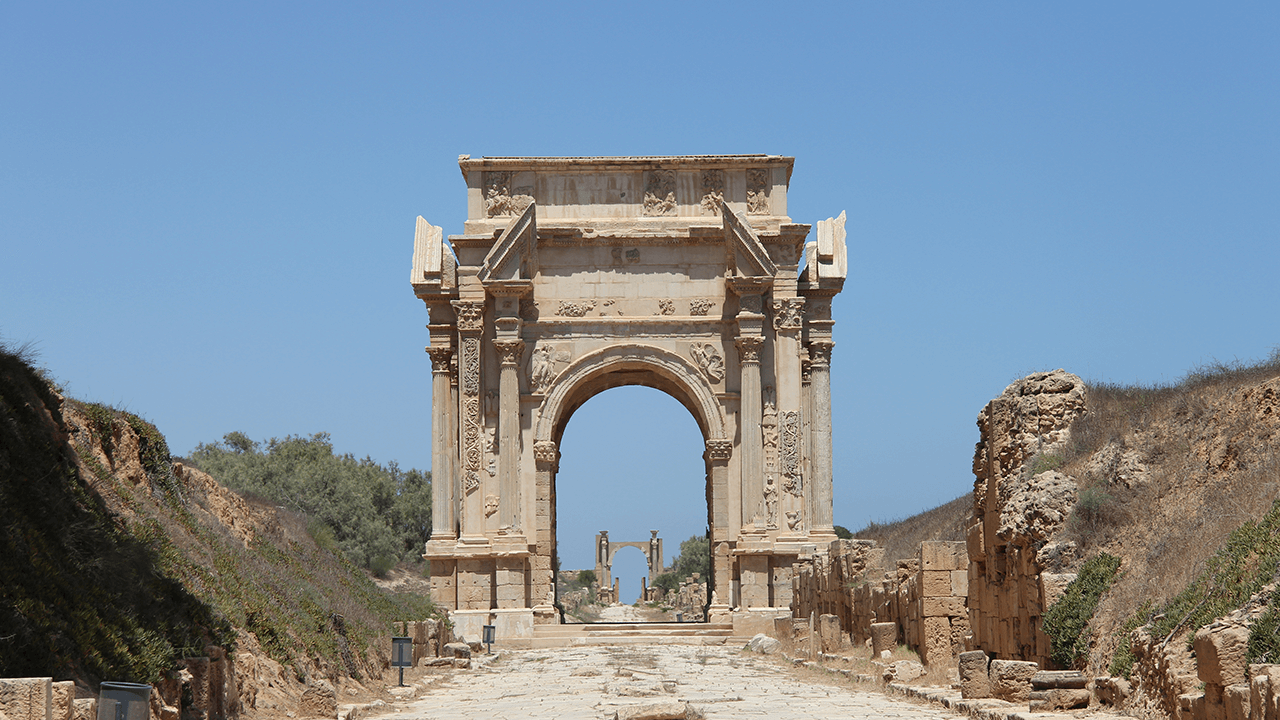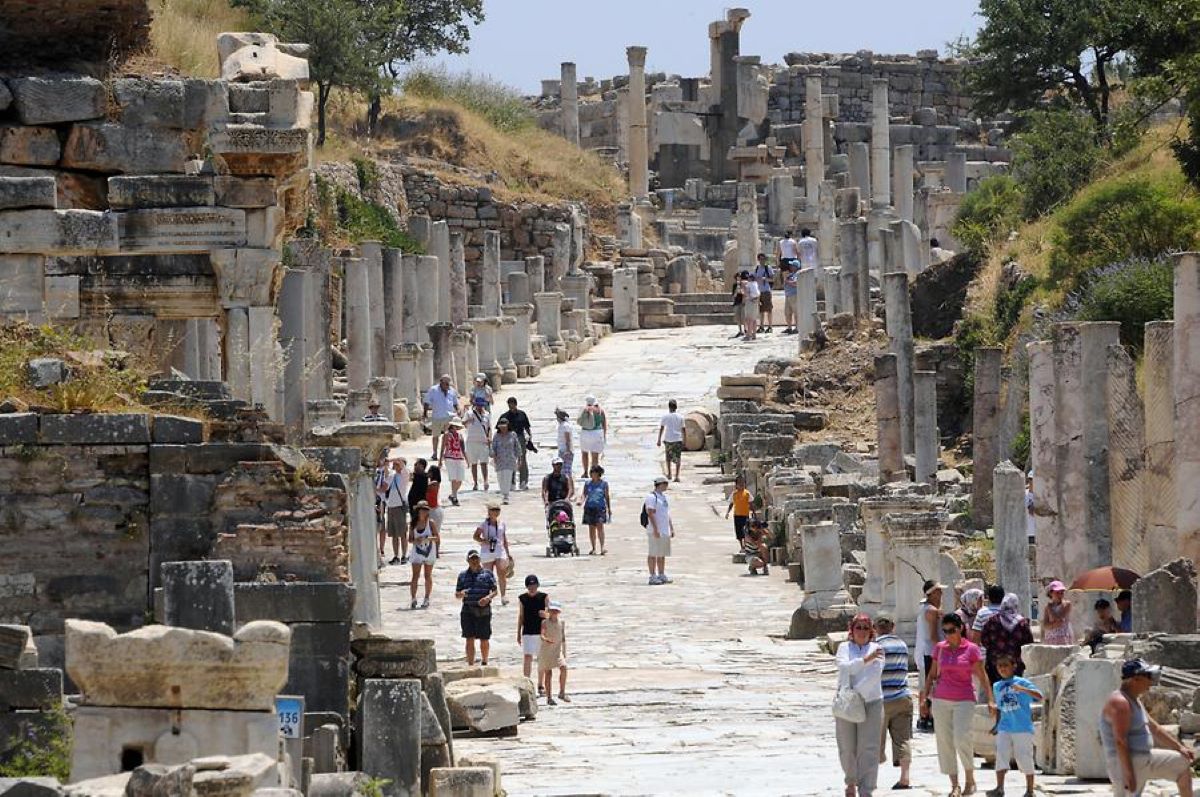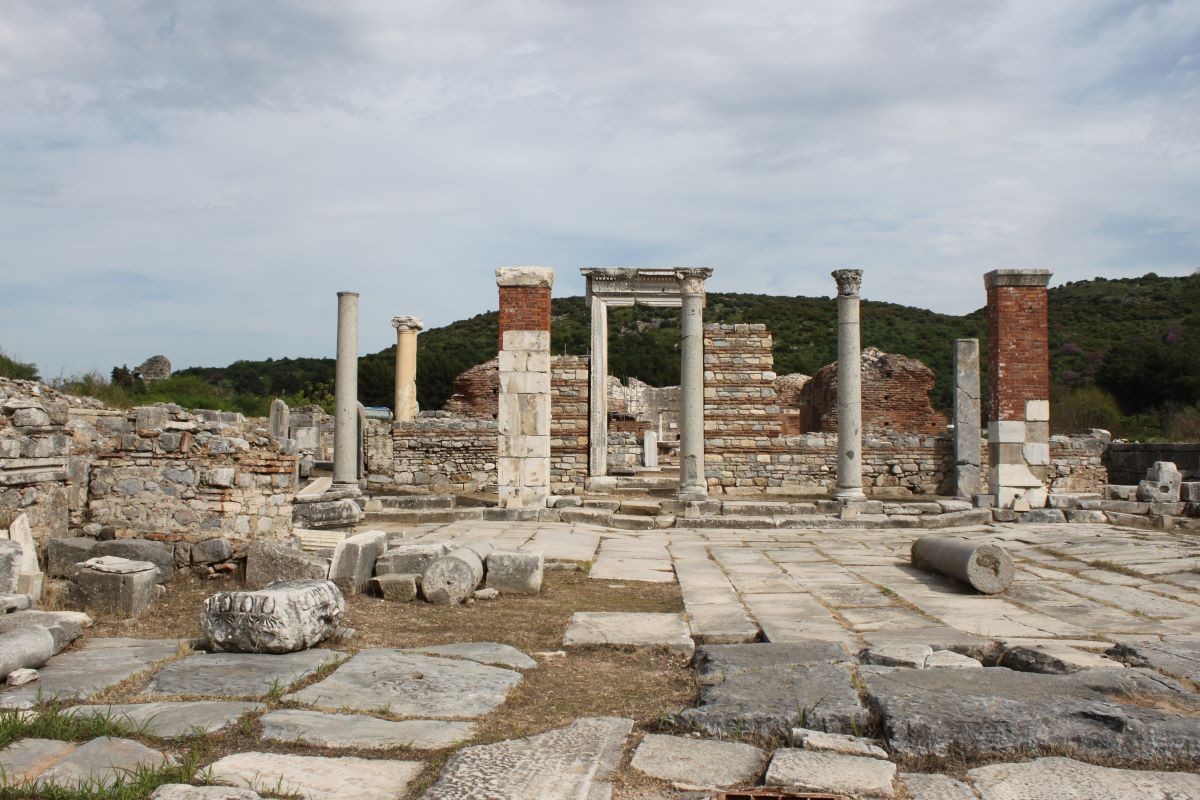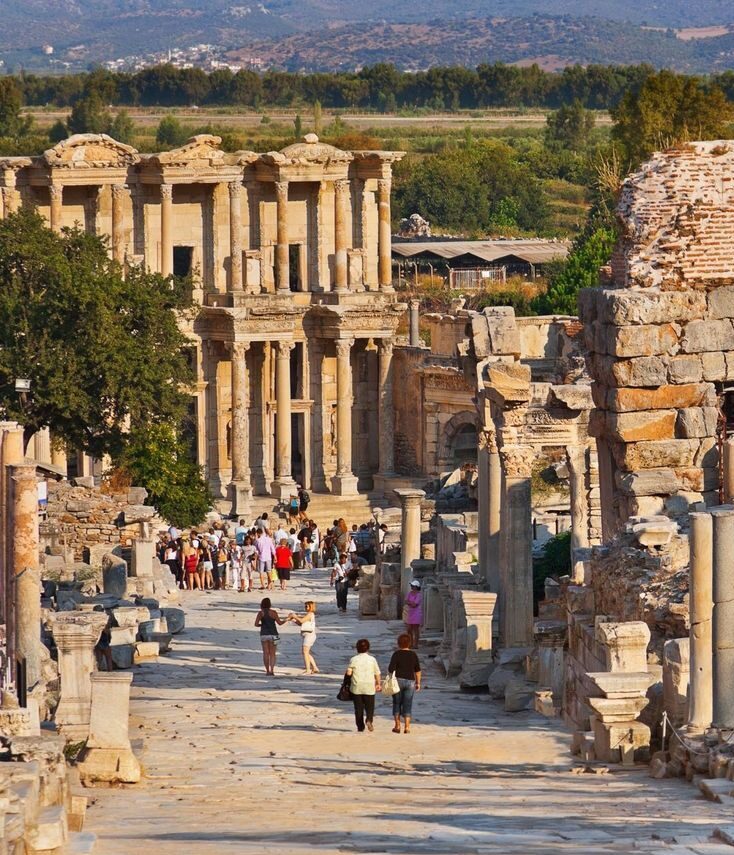The ancient city of Ephesus is a site of remarkable historical significance, with a…

The Magnesia Gate of Ephesus: A Gateway to the Ancient World
The Magnesia Gate of Ephesus is a spectacular ancient structure. It has been standing since the Hellenistic period, offering a doorway into the fascinating world of antiquity. Constructed in the 2nd century BC, the Magnesia Gate was both an entrance to the city of Ephesus and a symbol of its power and wealth. It remains one of the most iconic symbols of the ancient world and a must-see destination for history buffs.
The Magnesia Gate of Ephesus is a remarkable and historic gateway that has stood the test of time. This gate is a gateway to the ancient world, and it is a must-see for those who are interested in history and archaeology. The Magnesia Gate is one of the most important entrances to the ancient city of Ephesus, and it is a testament to the skill and craftsmanship of the ancient architects who built it. This gate is not only a beautiful piece of architecture, but it is also a symbol of the ancient city’s power and importance. It is a gateway to the past, and it is an opportunity to step back in time and experience the ancient world. The Magnesia Gate is a reminder of the rich history of Ephesus, and it is a testament to the enduring legacy of this ancient city. If you are interested in history and archaeology, then the Magnesia Gate of Ephesus is a must-see destination. Don’t miss the opportunity to experience this incredible piece of ancient architecture and to step back in time to the ancient world.
When we look at the Magnesia Gate of Ephesus, we see more than just a beautiful piece of architecture. We see a gateway to the past, a portal to a time long gone. Understanding the historical context of this gate is essential to truly appreciate its significance. The gate was built during the Hellenistic period, a time when the Greeks were spreading their influence across the world. Ephesus was a major city in this period, and the Magnesia Gate was one of the main entrances to the city. It was a symbol of the city’s power and wealth, and it served as a reminder to all who passed through it of the greatness of the Greek civilization. Today, the Magnesia Gate stands as a testament to the ingenuity and creativity of the ancient world. It is a reminder that even thousands of years ago, people were capable of creating works of art and architecture that still inspire and awe us today. So, let us not just admire the Magnesia Gate for its beauty, but let us also appreciate the historical context that makes it such an important part of our shared human history.
The Magnesia Gate of Ephesus is one of the most significant structures that still stands in the ancient city of Ephesus. This gate served as the main entrance into the city and was built during the Hellenistic period. The Magnesia Gate is a testament to the engineering and architectural skills of the ancient world. It is made of marble and stands at an impressive height of 15 meters. The gate is adorned with ornate carvings and intricate designs that showcase the artistic prowess of the ancient Greeks.
The Magnesia Gate played a crucial role in the history of Ephesus. It served as a gateway for traders, soldiers, and visitors to the city. This gate was also a symbol of the city’s wealth and power. The Magnesia Gate was a testament to the city’s prosperity and its ability to attract trade and commerce from all over the ancient world.
Today, the Magnesia Gate is a popular tourist attraction and a reminder of the ancient world’s grandeur. It is a must-visit destination for anyone interested in history, architecture, and culture. The Magnesia Gate of Ephesus is a testament to the ingenuity and creativity of the ancient world, and it is a gateway to a time long gone.
Archaeological findings at the Magnesia Gate of Ephesus have shed new light on the ancient world and its history. The excavation of this site has revealed artifacts that date back to the Hellenistic and Roman periods. These findings have enabled us to gain a better understanding of the people who lived in this region thousands of years ago. The Magnesia Gate was a crucial gateway to the ancient world, and the discoveries made here have helped us to piece together the puzzle of what life was like during this time. The artifacts that have been uncovered include pottery, coins, and architectural elements, all of which offer a glimpse into the past. By studying these findings, we can learn more about the social, economic, and cultural aspects of the ancient world. The Magnesia Gate of Ephesus is not just a tourist attraction, but a vital link to our past. It is important that we continue to support and fund these archaeological excavations so that we can continue to learn and grow in our knowledge of the ancient world.
The Magnesia Gate of Ephesus is not only a significant historical landmark, but it also holds modern implications and relevance. This ancient gateway served as a connection between the East and West, facilitating trade and cultural exchange. Today, it stands as a symbol of the importance of cross-cultural communication and understanding. The Magnesia Gate reminds us that we are all connected, and that our differences should be celebrated rather than feared. In a world that is becoming increasingly globalized, it is more important than ever to embrace diversity and seek out new perspectives. The Magnesia Gate of Ephesus is a testament to the power of human connection and the potential for positive change that comes from cultural exchange. As we continue to navigate the complexities of our modern world, we should look to the Magnesia Gate as a source of inspiration and a reminder of the importance of building bridges between different cultures and communities.
The Magnesia Gate of Ephesus stands as a testament to the ingenuity and skill of ancient architects and engineers. Its impressive size and intricate design make it a true gateway to the ancient world, offering a glimpse into the past and the way of life of those who once walked through it. However, the Magnesia Gate is more than just a historical artifact – it is a reminder of the importance of preserving our cultural heritage for future generations. As we continue to explore and study the ancient world, it is crucial that we take steps to protect and conserve these precious relics of the past. By doing so, we can ensure that the Magnesia Gate and other ancient wonders will continue to inspire and captivate us for centuries to come. So let us honor the legacy of those who came before us by cherishing and safeguarding the treasures of our shared history.




This Post Has 0 Comments